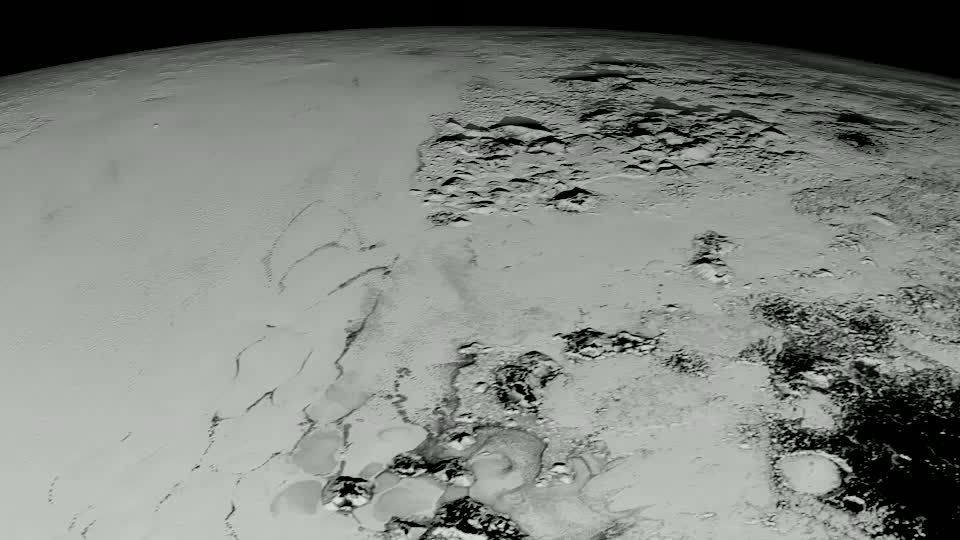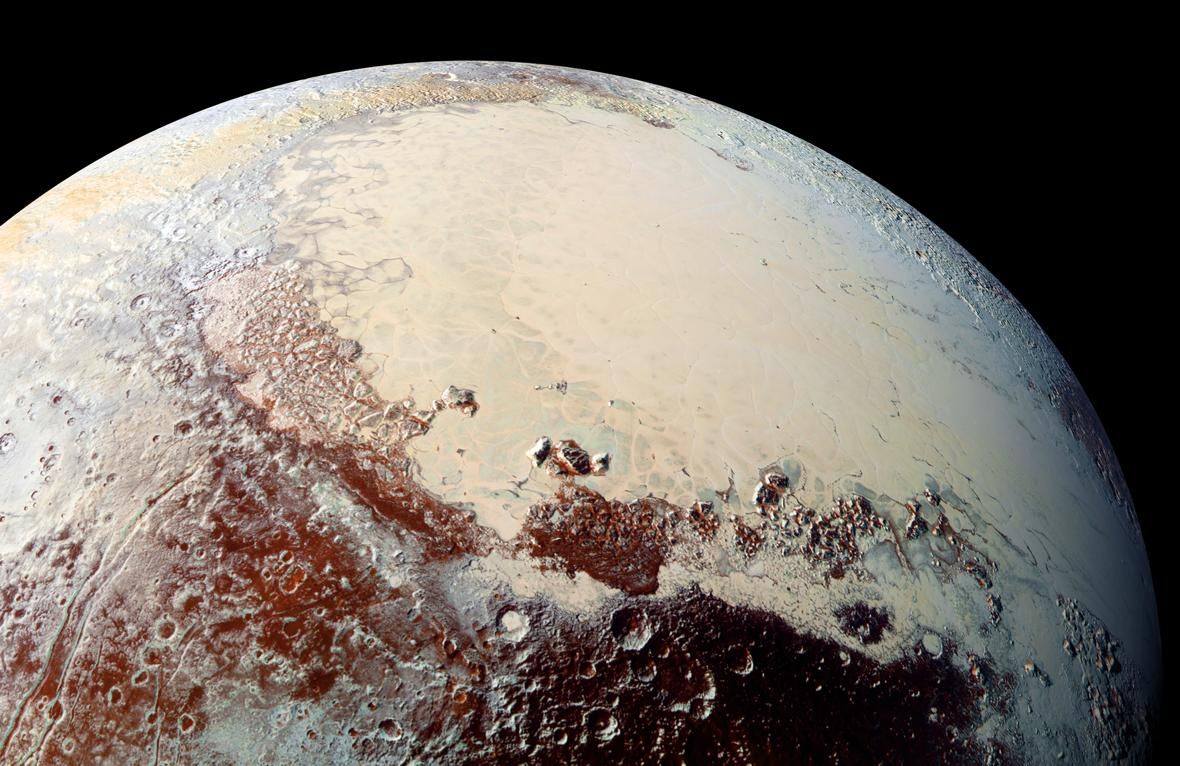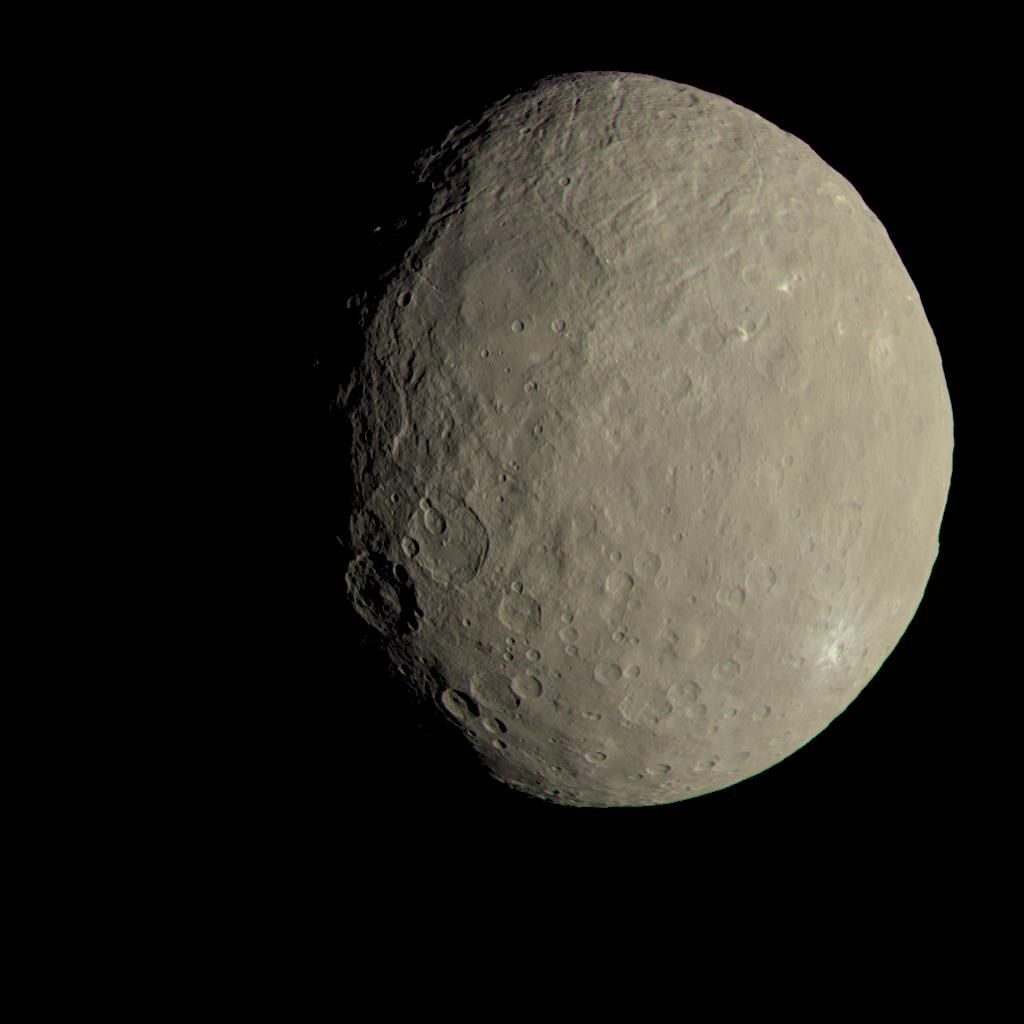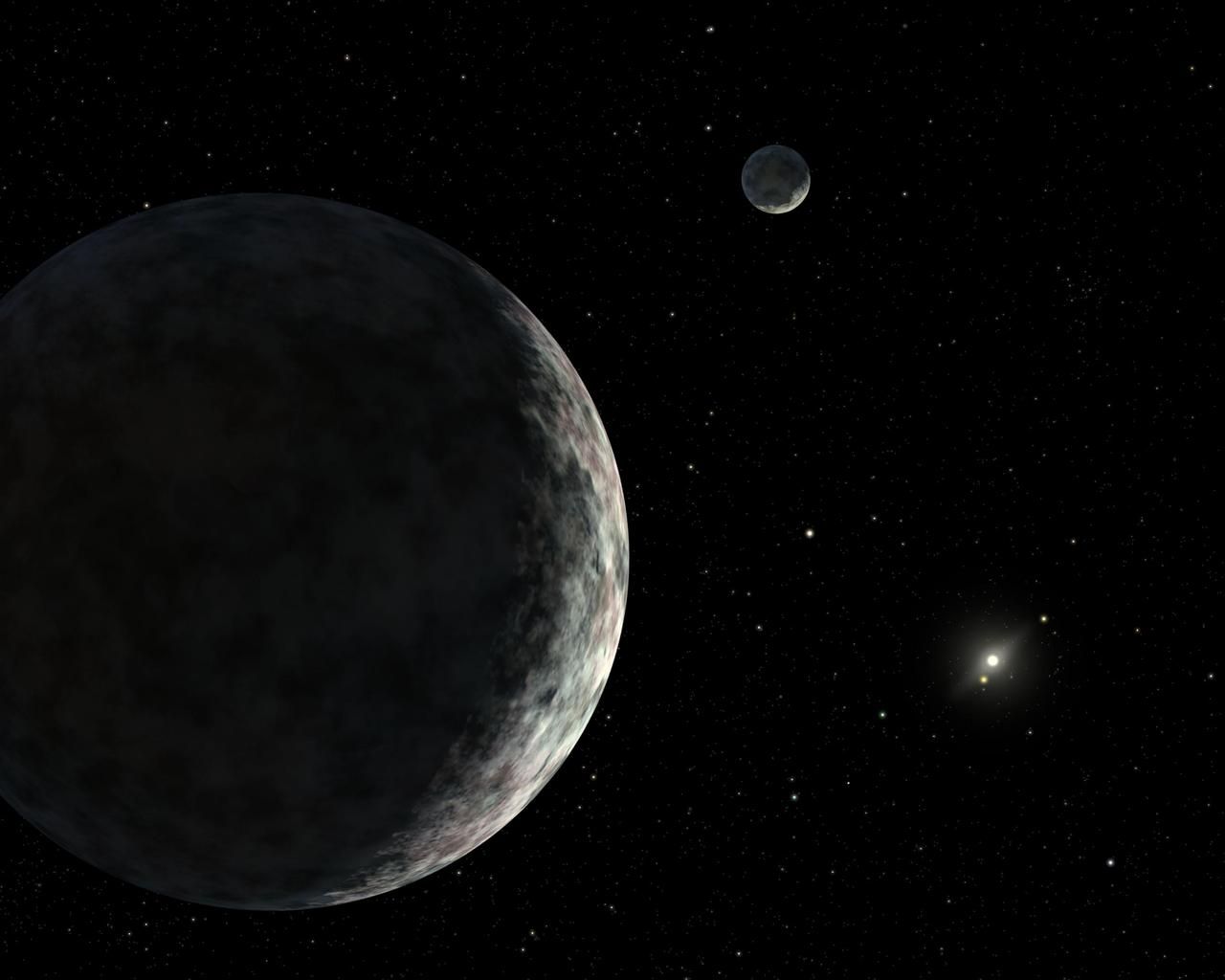Everyone’s favorite dwarf planet, Pluto, was discovered just 95 years ago. Here’s the story of how the once-ninth planet was discovered.
Percival Lowell Theorizes the Existence of a Planet X
In the early 20th century, the businessman, astronomer, and founder of the Lowell Observatory in Arizona, Percival Lowell, had a theory. Based on his research on the solar system and the planets’ orbits, he theorized there was a ninth planet in our solar system, which he deemed Planet X. The wobbles in the orbits of Uranus and Neptune led him to believe another planet was impacting their motion around the Sun.
Lowell spent the last decade of his life conducting two searches for Planet X. The first began in 1905, where he and a few staff tried out various telescopes, looking in different parts of the sky where he thought the mysterious planet could be.
In 1910, Lowell began another search for Planet X, this time much more technical, employing even more telescopes, purchasing a blink comparator, and utilizing several mathematicians to make calculations to figure out where to look. Lowell didn’t end up finding Planet X before he passed, but the work from this search did come in handy.
William Pickering Joins the Search for the Planet
Another American astronomer was integral in laying the groundwork for the discovery of Pluto: William Pickering. Pickering helped Lowell found the Lowell Observatory, so the two were quite familiar with each other.
Pickering predicted, on multiple occasions, the positions and parameters of multiple undiscovered trans-Neptunian planets. Having limited access to equipment to actually search for anything, he wasn’t as well-equipped as Lowell who had a whole observatory at his disposal. In 1919, Pickering conducted a search Planet O, the trans-Neptunian planet he predicted that would end up being incredibly close to Pluto’s actual orbit and parameters.
Pluto Is Discovered
Eventually, the work of Lowell and Pickering would pay off. On February 18, 1930, astronomer Clyde Tombaugh discovered Pluto at the Lowell Observatory. The search began in 1929, using the information gathered by both Lowell and Pickering. Tombaugh employed both photographic plates and a blink comparator, the same tool that had been utilized by Lowell during his 1910 search for Planet X.
Tombaugh was a young, “self-made type” astronomer hired by the Lowell Observatory to operate a new astrograph the observatory had constructed. He also continued the search for Planet X that Percival Lowell had started in that observatory.
After Pluto’s discovery, Pickering’s photographic plates were re-examined, and it was found that he had photographed Pluto four times.
The Other Dwarf Planets in Our Solar System
While Pluto may now be a dwarf planet, and the most well-known of them in our solar system, it wasn’t even the first discovered, and certainly wouldn’t be the last.
In 2006, the International Astronomical Union officially defined what makes a planet. To be a planet, a body must:
- Orbit its host star
- Be round (for the most part)
- Be large enough that it clears away other similarly sized objects near its orbit using its gravity.
Pluto did not meet the third criterion, and then therefore fell into the new category of dwarf planet.
Ceres was the first dwarf planet to be discovered, all the way back in 1801. It’s the only dwarf planet in the inner part of the solar system, orbiting in the asteroid belt between Mars and Jupiter. It was initially thought to be an asteroid, but because it’s significantly larger than other objects in the belt, it was classified as a dwarf planet in 2006. Its name comes from the Roman goddess of corn and harvests.
The next dwarf planet discovered was Haumea in 2003. Located 43 astronomical units (AU, the distance between the Earth and the Sun) away from the Sun in the Kuiper belt, it’s one of the fastest rotating large objects in the solar system, taking just four hours for one full rotation. Named for the Hawaiian goddess of fertility, it has two moons of its own: Namaka and Hi’iaka—both daughters of the goddess Haumea. Haumea is also the first known object in the Kuiper Belt to have a ring, which was discovered in 2017.
The dwarf planet that actually helped spark the discussion of clearly defining a planet was Eris, discovered in 2005. Eris is similarly sized to Pluto, but it’s three times further from the Sun than Pluto, sitting about 68 AU away. Eris is named after the Greek goddess of discord and strife, and the dwarf planet has one moon, named Dysnomia, Eris’ daughter and the demon goddess of lawlessness.
The last dwarf planet in our solar system to be discovered was Makemake, also located in the Kuiper Belt alongside Pluto, Haumea, and Eris, lying 45.8 AU away from the Sun. The dwarf planet is named for the Rapanui creator god and god of fertility, and it has one known moon, currently named MK 2, discovered in 2015.
Almost 100 years after the discovery of Pluto, the once-planet and now dwarf planet continues to be photographed and studied. The New Horizons mission was the first to fly by Pluto, doing so in 2015, and there’s so much more to learn about the beloved icy rock way out there in the solar system.








